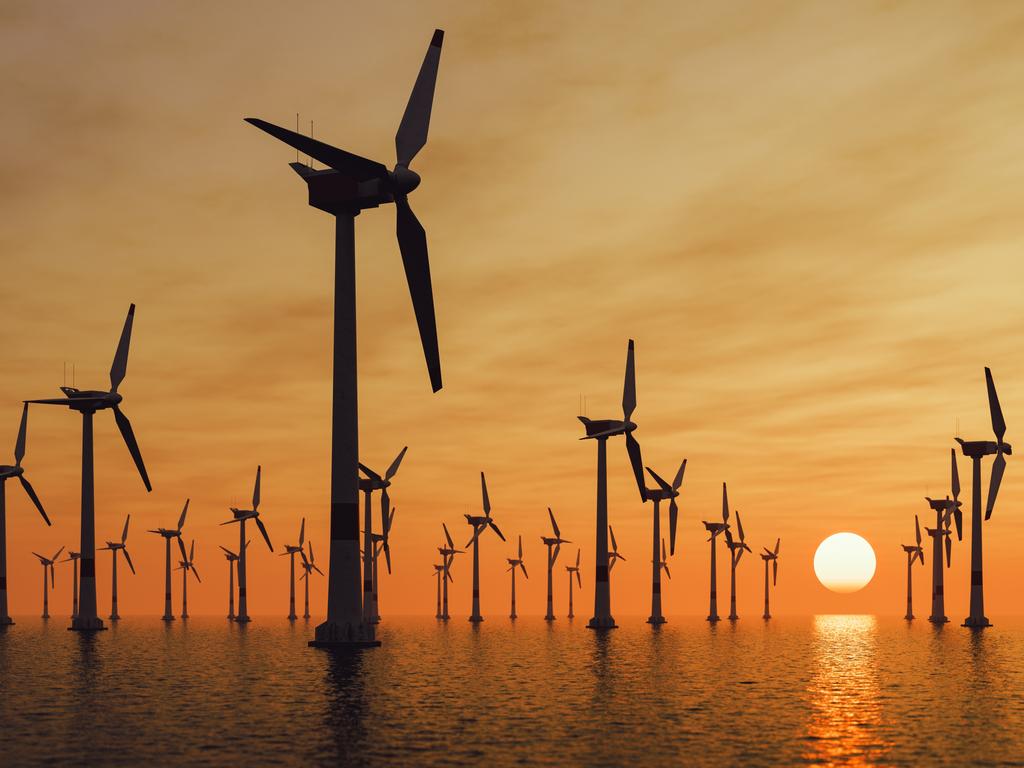
The first claim was that recent media commentary about its Integrated System Plan was “wrong”. The second claim was that the ISP “was a whole-of-system plan” that modelled everything to do with Australia’s energy transition – including transmission, new generation and storage. And the third claim was that its plan demonstrated “new renewables” were the “lowest-cost” form of energy.
That third claim is now foundational to the political career of the Minister for Climate Change and Energy, Chris Bowen. In echoing this mantra repeatedly on social media and in newspaper articles, Bowen is handcuffing himself to an empirical claim that can easily be falsified.
The context here is important. Earlier in August, data scientist Aidan Morrison, who on X/Twitter goes by the name @QuixoticQuant, raised a red flag regarding a report that feeds into the ISP.
After examining the CSIRO’s GenCost report, Morrison found it rested upon what could be described as “phantom costings”. By excluding all infrastructure costs between now and 2030 from its calculations – by treating them as “sunk costs” – the report is able to claim renewables are the “cheapest” form of energy from 2030 onwards.
In contrast, the cost estimates for nuclear energy begin in 2030 and account for all infrastructure, rendering any comparison with renewables meaningless.
After I highlighted Morrison’s concerns in an article in these pages, Paul Graham, the author of GenCost, confirmed the use of this accounting method in a letter published by The Australian. He justified this accounting creativity by stating the cumulative costs up to 2030 would be covered in a separate project, the AEMO’s Integrated System Plan.
However, upon closer investigation, it turns out the ISP is not as comprehensive as Graham suggested. After making inquiries this week with AEMO about what is actually included in its “whole-of-system plan”, I discovered that it omits distribution-network upgrades, and transmission projects that are already under way. Rather than being a “whole-of-system plan”, the ISP is more like a “part-of-the-system plan”.
In failing to cost distribution network upgrades, the ISP fails to account for one of the most important components of our energy transition. Imagine big transmission lines such as highways: they carry a lot of power over long distances from power plants to cities. Distribution lines are like local roads: they take the electricity from the end of the “highway” to individual homes and businesses.
Upgrading the distribution network means improving local roads. Maybe they need to be widened, or perhaps they need better signals to manage traffic. In the case of electricity, this could mean installing new wires that can carry more power, or adding “smart” technology that helps control how electricity moves, so it can flow both ways. Why both ways? Because now homes can also generate power, with solar panels on roofs, and send it back into the grid.
The ISP assumes significant distribution network upgrades will be made, while assuming these upgrades will essentially happen for free.
While the lack of accounting for distribution network upgrades is a glaring oversight in the ISP, it’s not the only one. We learned this week that the cost of the Snowy Hydro 2.0 project has skyrocketed from $2bn to $12bn. This is a project designed to support the variable nature of wind and solar energy. Yet when I asked the AEMO if the ISP accounts for Snowy 2.0, it told me “Snowy 2.0 was committed in 2017 and construction is well under way. AEMO does not model the cost of projects that are under construction”.
It’s becoming increasingly hard to come to any conclusion other than that Bowen’s central claim – that renewables are the cheapest form of energy – is a hollow one. It depends on a report that ignores real costs and a plan that leaves out significant expenses.
Alex Coram, emeritus professor from the University of Western Australia, noted in these pages on Thursday that neither the AEMO nor CSIRO are able to provide substantiation for the claims being made in their name. These agencies are not giving us a road map to the best energy policy for Australia, they are instead providing fuel for false narratives to take hold.
But why should we care? This is not just an academic debate or a political game. These phantom costings and incomplete models will lead to bad decisions that affect all Australians. When our energy grid can’t meet demand, causing blackouts or soaring prices, that’s when the bill for these errors will come due.
Australians deserve honesty and transparency when it comes to energy policy decisions. Regardless of what our energy future ultimately looks like, it needs to be built on a solid foundation of empirical rigour. What we are currently being offered, however, are the hollow bricks of a public relations campaign.







On August 7, Australia’s Energy Market Operator issued a peculiar press release. There was no byline, so we don’t know who wrote it, but it made several bold claims inviting scrutiny.